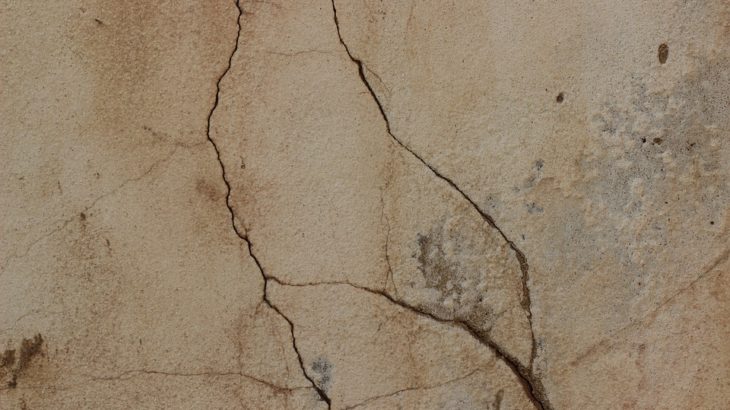If your home has a structural failure, this can be a concern, and when the walls of your home have cracks, it is not very attractive. But don’t worry! We’ve got you covered! In this article, you will learn more about cracks, the causes of these damages and get some tips on how to repair them.
What causes cracks in your walls?
There are many reasons behind the cracking in the walls of your property, and it is always best to understand the source first so that you can find the right solution for repairs.
Most Common Causes of Cracks
Cracks in the wall cladding: these are caused by weather exposure on exterior surfaces, outside and inside the construction, low quality of the materials applied, or limited covering applied to the wall surface.
Building structure cracks: these are deeper and will eventually affect the wall, not merely the surface coating. This can be the result of construction failure in its foundations, bases, and structural supports. It can also be due to the soil’s poor initial compaction where it originally was built; the filling material used in the ground was not suitable. There was a leak in the ground after construction or seismic movement.
Sometimes the low quality of the building components used or a hidden defect can also be the culprit.
Types of Cracks
-Horizontal cracks are generated by sliding, as the bonding mixture between the materials did not have enough grip, causing one section of the wall to slide over the other. Tree- or branch-shaped cracks can be produced by aging moisture and low maintenance of the wall; this can damage the bond mixture even to the wall construction components.
-Staircase failure happens in an offset manner following the joints between the bricks or blocks. The origin is found in the oblique strain between the function of the wall and the floor.
-The vertical crack may occur in the middle of the wall or in the corner of it; it appears for various reasons, from the inadequate mounting of the structural support to low quality of the blocks. Wherever they occur, you should consider reinforcing the structure of the house. This is called the yellow alert.
-Diagonal cracks are known as the red alert. They indicate severe structural damage; it will not be sufficient to remove the coating for repair. In this case, you should call in a structural engineer for diagnosis and solution.
Repairing the Cracks
-The solution for deep cracking and covering cracks due to temperature or weathering is to fill them with a prepared sealant that is already available on the market for this purpose. Buy the industrial bonds with a spatula; fill the crack with the mixture, once dry; sand it with fine sandpaper, and then paint it with the same color as the wall.
In cracks created by settling or temperature, which are hardly visible fine lines that only appear in coatings, the solution will be to treat them with particular layers that function as sealants, protecting and covering existing damage while preventing future damage to your home.
These cracks can arise in any construction; the important thing is to detect early on what type of crack and give the proper fix for each one. If unsure, seek the advice of a structural engineer.
Repairing Yellow Alert Cracks
Vertical or offset crack: it is not enough to fill it with sealant. It is essential to contact a structural engineer to determine whether it is sufficient to seal both sides of the wall or whether it is necessary to reinforce the columns or the walls of the wall.
As the structure or materials used are insufficient, reinforcement is necessary. A new steel column can be installed, or the ground can be opened up around the foundations, and more steel can be integrated and well anchored to the old structure. It is also a matter of building a ring with steel profiles around the wall, reinforcing the load and verticality.
Repairing Red Alert Cracks
Leave the house with your family immediately! When a diagonal crack develops, and there is an opening so large that you can look away, or pieces of material fall out.
Call a structural expert to determine the level of damage to this wall and the entire building. This damage is a symptom of more serious structural damage that is not limited to a wall but its construction.
Do you know any other tips on wall cracking? Remember to share them in the comments below.



















